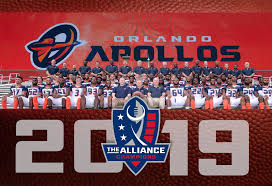Historical Significance of the Oakland Athletics

Oakland Athletics
The Oakland Athletics are a professional baseball team based in Oakland, California. Known for their distinctive green and gold colors, the Athletics have a rich history dating back to their founding in 1901. From their early beginnings in Philadelphia to their current standing in Major League Baseball, the Athletics have experienced both triumphs and challenges that have shaped their identity. This blog post will explore various aspects of the Oakland Athletics, including their historical significance, notable players and moments, fan culture, stadium experiences, and the team’s future outlook.
Historical Significance of the Oakland Athletics
Understanding the legacy of the Oakland Athletics requires diving deep into their storied past. The franchise has undergone significant transformations, both geographically and in terms of performance. Exploring how these changes have influenced the team’s identity is crucial KUBET
Foundation and Move to Oakland
The Oakland Athletics were originally established as the Philadelphia Athletics in 1901. They were one of the eight original teams in the American League and quickly gained a reputation as a competitive force. Under the leadership of owner Connie Mack, the Athletics won several championships during the early 20th century.
In 1954, facing dwindling attendance and financial struggles, the team relocated to Kansas City and became the Kansas City Athletics. However, this move did not yield the desired results, leading to a second relocation in 1968 when the franchise settled in Oakland, California. This transition marked a new beginning for the team, introducing a unique connection with the local community that still thrives today.
Success in the 1970s
The 1970s were a golden era for the Oakland Athletics, characterized by an unprecedented level of success. They clinched three consecutive World Series titles from 1972 to 1974, a feat that solidified their place in baseball history.
This period was defined by a roster filled with legendary players such as Reggie Jackson, Catfish Hunter, and Rollie Fingers. Their dynamic play and charismatic personalities appealed to fans, creating a buzz around the team. The A’s style of play—aggressive baserunning and innovative strategies—also garnered attention, influencing how the game was played.
Challenges and Resilience Oakland Athletics
Despite their success, the Oakland Athletics faced numerous challenges, particularly regarding ownership and finances. The club often operated on a tight budget compared to wealthier franchises, necessitating savvy talent acquisition and player development.
The Role of Social Media
In the digital age, the Athletics have effectively utilized social media platforms to connect with fans and share their stories. Engaging content, behind-the-scenes glimpses, and interactive campaigns foster a sense of inclusivity, inviting fans to be part of the conversation.
By sharing highlights, player interviews, and interactive polls, the A’s have created a vibrant online community that extends beyond the confines of the Coliseum. This growth in online presence allows fans to remain engaged throughout the season, regardless of whether they can attend games in person.




